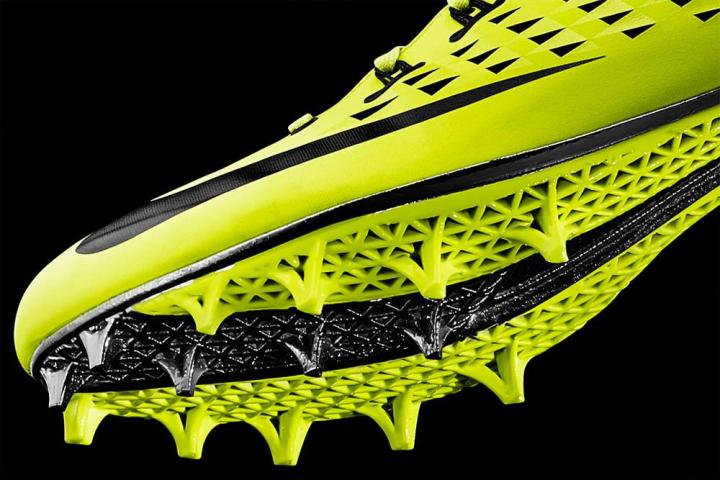
The patent, filed back in September 2012, is specifically for “automated strobel printing.” The strobel is one way a shoe can be “lasted” — affixing the shoe’s upper to its midsole. There are typically three types of lastings: slip, strobel, and combination. Nike’s patent calls for a machine to scan the design into a computer, and based on the data, print sewing guidelines on the strobel. Nike’s increasingly popular Flynit athletic shoe line primarily uses strobel.
The 3D printing technology patented by Nike wouldn’t fundamentally change how the company makes shoes. Rather, it would merely update and modernize the process in which it does so. In the patent application, Nike explains that due to improvements in technology, “the number of shoe pieces being added has increased, requiring increasingly complicated manufacturing steps to produce shoes.” 3D printing would reduce human labor for Nike, but the company is nowhere near a world where it could completely eliminate it. The shoe’s upper still needs to be attached to the midsole strobel, a process Nike admits is “beyond the scope” of their patent.
This recent development comes a week after Nike’s chief operating officer, Erick Sprunk informed the attendants at GeekWire Summit 2015 that consumers will one day be able to buy a shoe design file from Nike and 3D print the shoe themselves. This patent could also help Nike stifle its competitors’ innovations. Last week, Adidas announced the concept model of the Futurecraft 3D: the company’s first foray into 3D printed shoes. While Adidas’ Futuercraft 3D would involve 3D printing the shoe’s midsole, Nike may have just patented one of the best ways for Adidas to attach that midsole to the shoe’s upper.
The manufacturing power of shoes is slowly shifting to the consumer. The next question is: how much will these 3D printed shoes cost?


